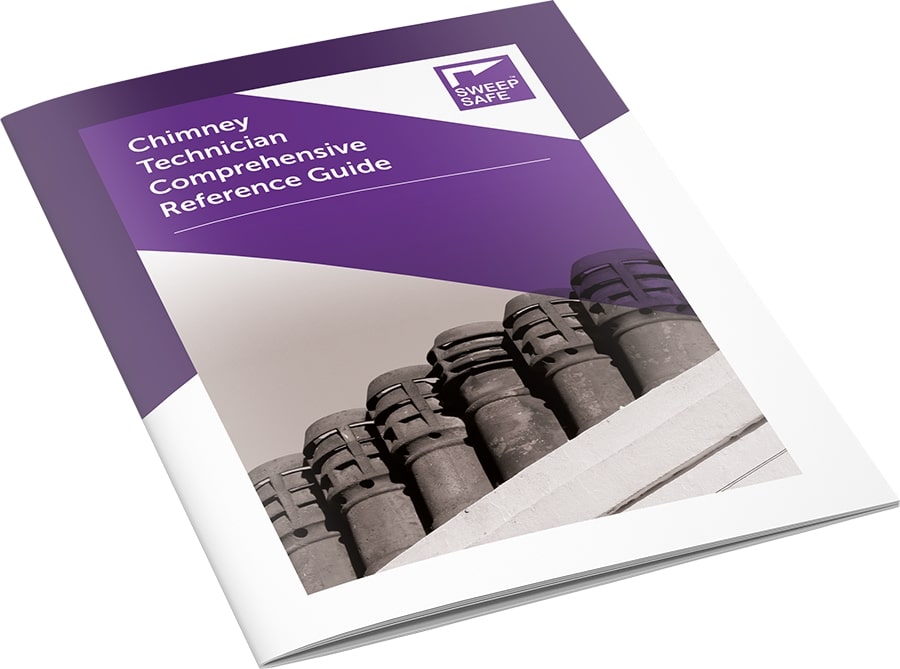Mastering the Art of Chimney Sweep: A Comprehensive Guide to Training

Introduction:
Chimney sweeping is an age-old profession that has evolved over the centuries to ensure the safety and efficiency of residential and commercial heating systems. While modern technology has transformed the tools and techniques used in chimney sweeping, the importance of well-trained professionals remains paramount. This article delves into the world of chimney sweep training, exploring the skills, knowledge, and hands-on experience required to master this essential trade.
The Importance of Chimney Sweep Training:
- Safety First:
- Chimney sweeps play a crucial role in preventing chimney fires and carbon monoxide leaks by removing creosote and other debris that can accumulate in flues.
- Proper training ensures that sweeps understand the potential hazards associated with various types of heating systems and can implement safety measures effectively.
- Technical Expertise:
- Sweeps must be knowledgeable about different types of chimneys, heating appliances, and venting systems.
- Training covers the science of combustion, understanding draft dynamics, and recognizing potential issues that could affect the efficiency and safety of a chimney.
- Tool Proficiency:
- Chimney sweeps work with a variety of tools, from traditional chimney brushes to advanced rotary systems and inspection cameras.
- Training programs teach sweeps how to select and use the right tools for different chimney configurations, ensuring thorough and efficient cleaning.
Chimney Sweep Training Programs:
- Classroom Education:
- Formal chimney sweep training often begins with classroom education covering the fundamentals of chimney construction, combustion, and safety regulations.
- Trainees learn about different types of heating appliances, the mechanics of chimney draft, and the importance of regular maintenance.
- Hands-On Training:
- Practical, hands-on experience is a crucial component of chimney sweep training. Trainees work alongside experienced professionals to develop the skills needed for on-the-job success.
- This phase may involve cleaning chimneys, inspecting flues, and diagnosing common chimney-related issues under the guidance of seasoned mentors.
- Safety Certification:
- Many regions require chimney sweeps to obtain certification to ensure they adhere to safety standards. Training programs prepare individuals for certification exams, covering topics such as fire safety, ventilation, and building codes.
Ongoing Professional Development:
- Staying Informed:
- The chimney sweeping industry is constantly evolving with new technologies and regulations. Ongoing education is crucial for sweeps to stay informed about the latest advancements and safety standards.
- Networking:
- Professional organizations and associations provide opportunities for chimney sweeps to connect, share knowledge, and stay updated on industry trends.
- Conferences, workshops, and online forums allow sweeps to exchange experiences and learn from one another.
Conclusion:
Chimney sweep training is a comprehensive process that combines theoretical knowledge with practical skills to produce competent and safety-conscious professionals. As the demand for efficient heating systems continues to grow, the role of chimney sweeps remains vital in ensuring the well-being of households and businesses. By investing in quality training and ongoing professional development, chimney sweeps contribute to a safer and more efficient use of heating appliances for generations to come.
Original Source: Chimney sweep association UK
Comments
Post a Comment